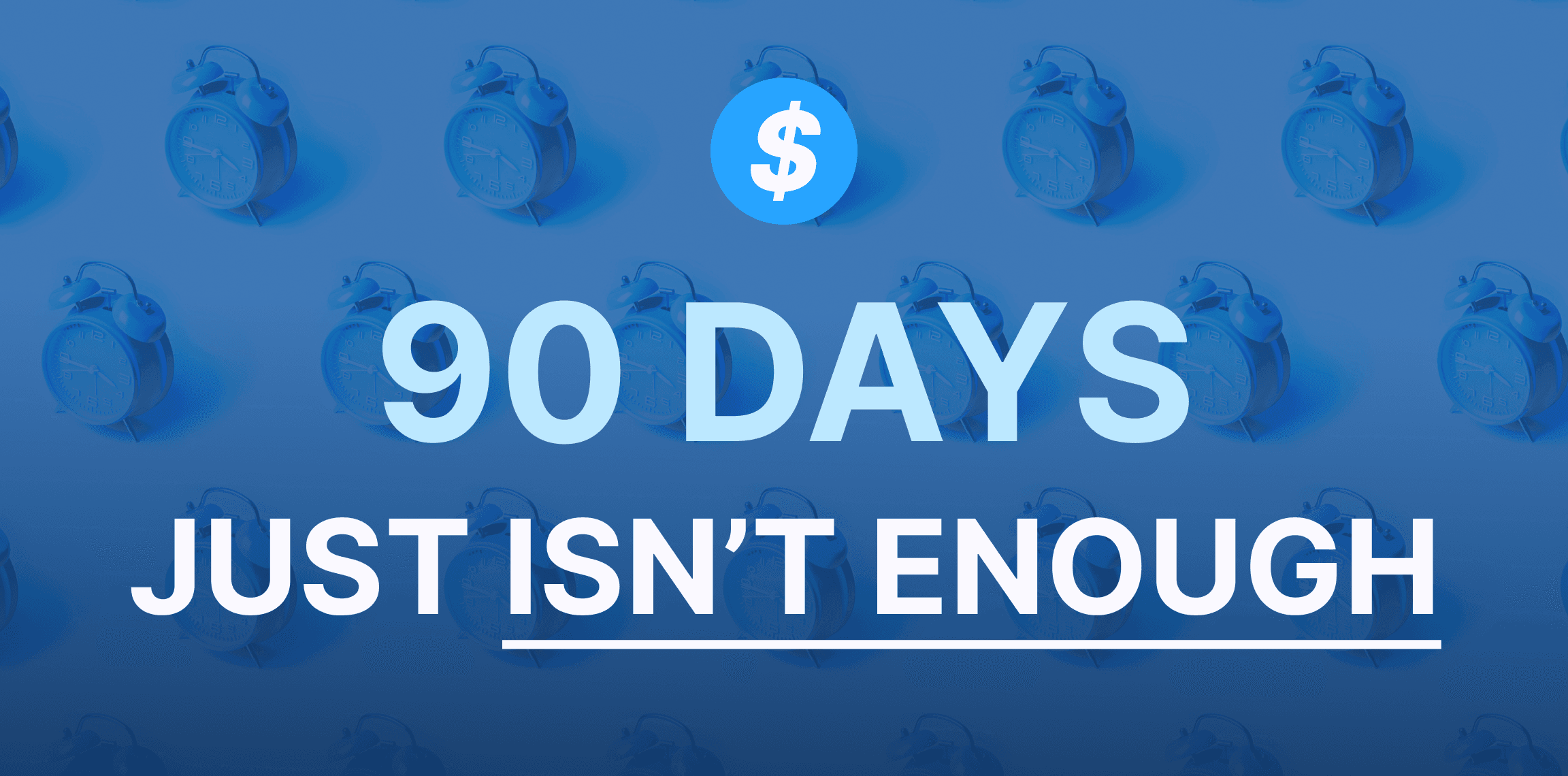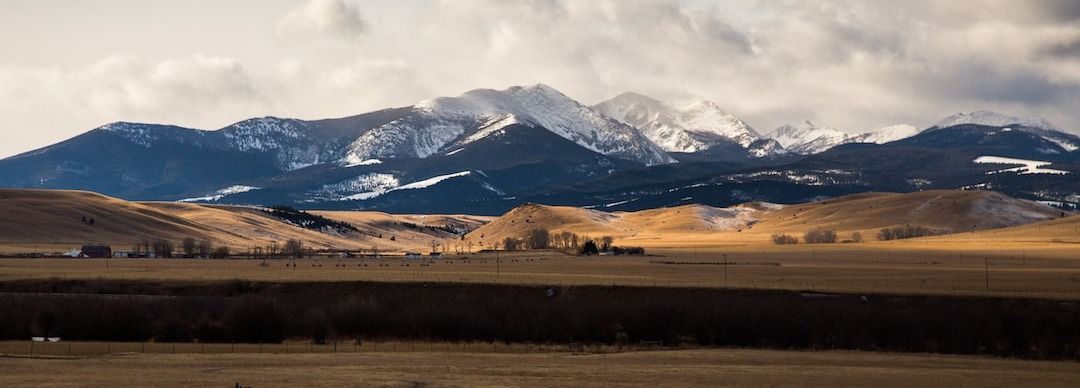Think you can complete your BEAD application in 90 days? Think again.
January 18, 2024
If you're waiting for your state's application, you'll be too late.

More than $75 billion in federal grants is coming to local broadband projects over the next five years. That sounds like a lot, but the process is extremely competitive.
Grantmakers both on the federal and state levels have historically received requests for way more money than they have to give out. So applicants need to act quickly and decisively. That’s why Ready.net launched Broadband.money, the fastest way for local broadband providers to discover and win their fair share of the historic grants.
We built this system to help local providers and projects get their share. These providers could be: a local internet service provider; a mom and pop run-ISP; a utility that runs an ISP or starting an ISP; rural electric cooperatives running ISPs. The common denominator is folks that are in the business of operating connectivity, and their partners.
We provide your projects with the needed software, geospatial mapping data, technological guidance, partners, matching capital and more. For now, here are five things you can do to get ready for the tsunami of funding.
The Broadband Equity, Access, and Deployment Program (BEAD) is the $42.45 billion portion of the $65 billion allocated to broadband and digital inclusion in the infrastructure legislation. The grants will be administered by the National Telecommunications and Information Association (NTIA) and state governments.
So it’s the state governments that will ultimately issue these grants to local entities building broadband networks.
We recommend getting in touch with state broadband offices and their directors, being active on discussion boards, and generally making connections with others in the broadband community.
Broadband.money offers a comprehensive listing of state broadband offices, contact information for their leaders, links to their broadband plans and summaries of each state broadband landscape. You can use the directory to find the relevant state broadband director and fire off a quick note to them and learn a little bit more about what they're up to.
Another way of getting visibility is registering in and getting listed in Ready.net’s ISP Directory, which is free. It differs from other ISP directories because it’s not financially supported by advertisers.
The Infrastructure, Investment and Jobs Act (IIJA) differs from previous grant programs because it contains rigorous reporting requirements of different kinds.
For example, the IIJA requires ISPs to create “broadband nutrition labels.” That means that ISPs that receive the grants will have to precisely disclose performance and pricing data to their customers. The performance data includes information such as service speeds, latency, packet loss rates and network management practices, among other things.
Ready.net understands that ISPs offer a mosaic of services across different geographies. That’s why we offer Ready BOSS, our back office information management and reporting system that helps you to map and track all of this information to keep it at your fingertips.
The Infrastructure, Investment and Jobs Act (IIJA) differs from previous grant programs because it contains rigorous reporting requirements of different kinds.
For example, the IIJA requires ISPs to create “broadband nutrition labels.” That means that ISPs that receive the grants will have to precisely disclose performance and pricing data to their customers. The performance data includes information such as service speeds, latency, packet loss rates and network management practices, among other things.
Ready.net understands that ISPs offer a mosaic of services across different geographies. That’s why we offer Ready BOSS, our back office information management and reporting system that helps you to map and track all of this information to keep it at your fingertips.
Don’t wait for grant makers to issue rules. To be blunt: You should weigh in on the plan. Large companies hire lobbyists to influence the rule-making process. If you’ve been involved in building networks for a while, share your domain of expertise with the NTIA and your state broadband offices as they make the program rules.
Get loud about what you know and share it. The more you're on the minds of people that are making decisions about the funding, the better. So share what you know.
In many cases, federal and state lawmakers are still creating rules and definitions. They want to hear from you.
A lot of the rule-makers are not technologists. They’re in economic development. They're working their tails off, to get plans in place to get everything lined up to be neutral to help make sure that they're going to make the most of this historic opportunity.
But you have the knowledge. You've been connecting people, even building parts that go into networks. You could be part of a network supply chain. You've been consultants to some of the big projects in the country. Share what you’ve learned with policymakers and the community at Broadband.money.
You can also use our resource directory to learn more about federal grant programs and legal terms and definitions in the IIJA.
Such a team could be made of expert partners, consultants, investors, strong local operators, and other members of the local community.
If you want, pre-enroll in Broadband Money, like we can help you matchmake to find the right partners. You can also look for service providers in your area in our ISP.me directory.
Many of you have already won grant awards in the past and you've used consultants. So it's time to talk to them about this upcoming program.
Our mission here at Broadband.money is to help local providers and projects get their share of the upcoming grants so that you all can go out and connect more families and businesses to better broadband. You can use our tools and engage in our community to do that.
Our service includes: An interactive map with information on underserved, unserved, and served communities across the United States; a tool where consumers and internet providers can see what providers and internet services are near them; and individual state resource pages with contact information for state broadband offices and officials.
Broadband.Money was created as a resource for those who are applying for funding, such as communities, local internet service providers, utilities, and related entities, and applicant partners, which includes consultants, the provider’s community, investors, and vendors.
To listen to the discussion between Broadband.money and Fiber Broadband Association, check out Broadband.money's recap of the event.

January 18, 2024
If you're waiting for your state's application, you'll be too late.

January 09, 2024
The big sky state joins a small list of eligible entities that have kicked off their broadband challenge process.